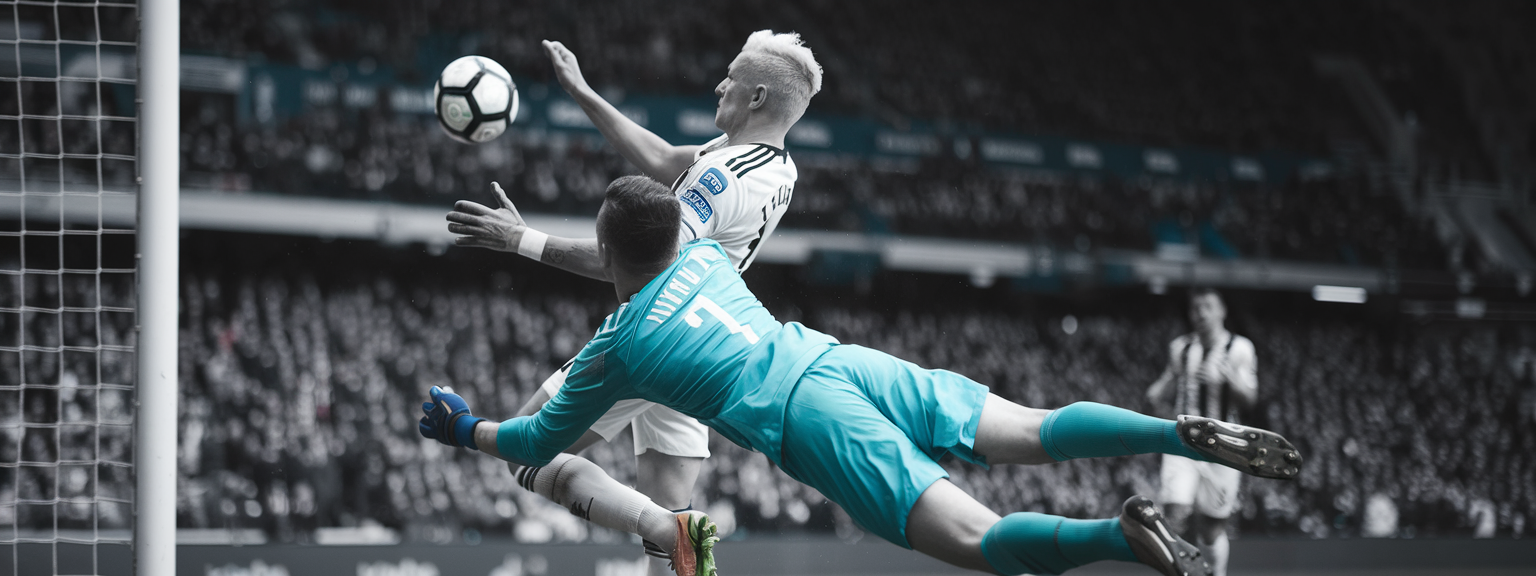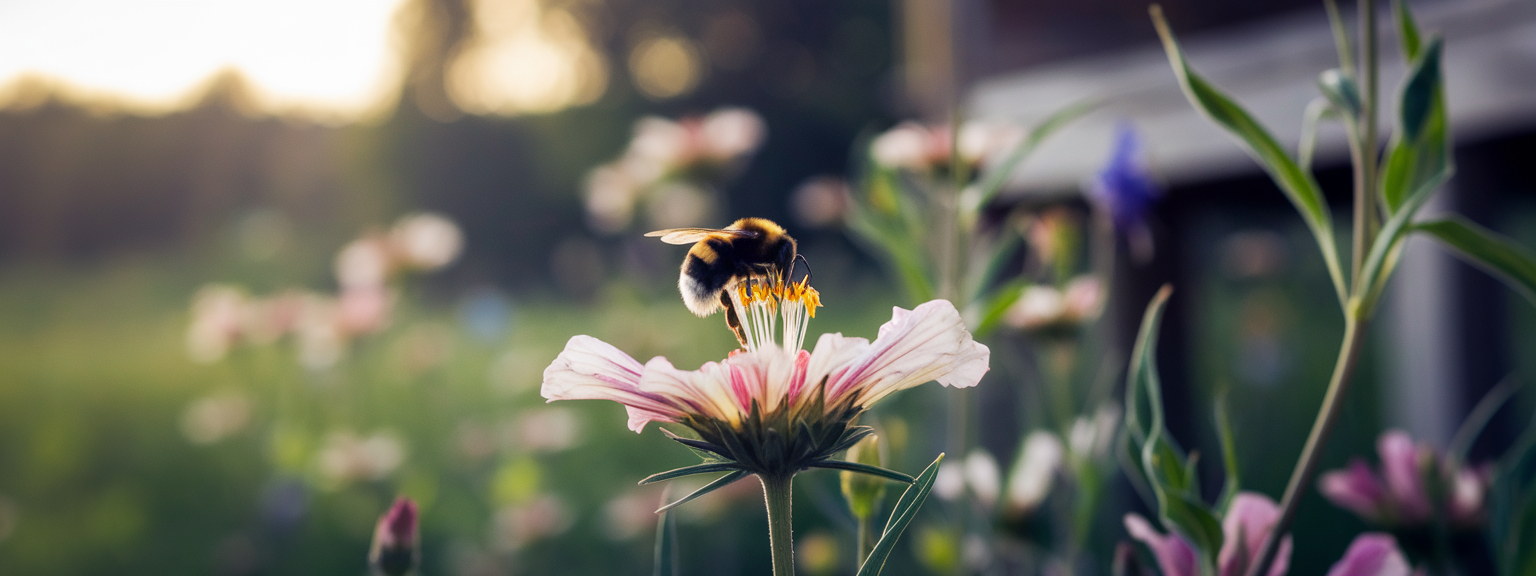Action Shots: How to Capture Stunning Sports Moments

📝 Step-by-Step Guide: Action Shots Techniques
Introduction & Purpose
Action Shots translate split-second athletic feats into enduring images. This guide explains how to prepare, execute, and process sports action shots with consistency. Throughout the tutorial you will read clear, practical steps for camera settings, lens selection, composition, and post-processing. The primary focus is on reliable workflow for sports photography and action photography to help you capture the decisive moment every time.
Step 1 — Plan and Scout
Preparation reduces guesswork during a match. Arrive early to scout vantage points and evaluate light. Note the sun path and artificial lighting. Identify where key actions occur: goal mouths in soccer, start/finish lines in track, apexes in motorsports. Move until backgrounds are clean. A good pre-shoot plan increases your rate of strong action shots.
Step 2 — Choose Gear
- Camera: Select a DSLR or mirrorless body with reliable AF-C tracking and 8+ fps for team sports; 12–20+ fps benefits fast action.
- Lens: Use a telephoto lens such as 70-200mm f/2.8 for flexibility, or 300mm+ primes for distance. The telephoto lens compresses perspective and isolates subjects.
- Support: Monopod or gimbal for long lenses. Fast cards (UHS-II / CFexpress) and spare batteries.
Step 3 — Camera Settings
Lock an exposure strategy before the action. For consistent action shots use AF-C (continuous), back-button focus, burst mode, and RAW capture. Choose Manual or Shutter Priority to prioritize shutter speed. Typical starting points: 1/500s for moderate action; 1/1000s for most team sports; 1/2000s+ for very fast subjects. Use wide apertures (f/2.8–f/4) to separate the subject. Raise ISO as needed to keep shutters fast.
Step 4 — Composition & Anticipation
- Anticipate the play. Learn set-piece behavior and athlete tendencies.
- Leave leading space in the frame for subjects moving into room.
- Vary angles: low for power, high for context, roadside for dynamic compression with a telephoto lens.
Step 5 — Execute: Tracking & Timing
Start bursts slightly before the expected peak. Hold the back-button focus while tracking. For lateral motion, use the panning technique with a shutter between 1/60–1/125s to convey speed while keeping the subject acceptably sharp. For freezing individual droplets or ball contact, use 1/1000s or faster. Combine smooth motion with steady breathing and torso rotation; this ensures consistent subject placement across frames.
Step 6 — Review & Adjust
Monitor histograms and critical focus. If frames are soft, increase shutter speed, switch AF area modes, or move closer. If backgrounds distract, change position or focal length. If buffer fills, reduce burst duration or switch to a lower fps setting until the card clears.
Step 7 — Post-Processing Essentials
- Import RAW and apply global exposure and white-balance corrections.
- Crop selectively to strengthen composition but retain enough resolution for delivery.
- Sharpen subject with masking; apply noise reduction for high ISO images.
📌 Practical Applications: Action Shots In Sports
Journalism & Media
Action Shots are central to visual journalism. Editors expect crisp, peak-action frames that tell a story. For tight deadlines, shoot tethered or export high-quality JPEGs for rapid delivery. Use telephoto lens choices to isolate players and emphasize decisive moments.
Commercial & Sponsorship
Brands require hero imagery that conveys power and emotion. Action photography combined with controlled lighting (or high-speed sync) creates compelling hero shots. For sponsor assets, deliver full-resolution files and cropped variants for web and social use.
Coaching, Analysis & Stock
High-speed sequences help coaches analyze technique. Stock agencies seek authentic sports action shots with clear context and good composition. For analysis, prioritize sequence continuity. For stock, submit varied crops and detailed metadata.
Which sport will you shoot next, and which one technique (panning, back-button focus, or telephoto compression) will you test first?
Real-world use of action photography requires repeatable technique. For motorsports, practice panning at 1/125s to get background streaks while keeping riders sharp. For basketball, prioritize ISO and shutter speed to freeze facial expression and ball contact. Overall, sports photography rewards preparation, rapid adjustment, and consistent execution.
💡 Tips & Tricks: Action Shots Techniques
Practical Techniques
- Back-button focus: decouple focus from the shutter for reliable AF-C tracking.
- Pre-focus zones: use manual pre-focus for predictable spots like goalposts and finish lines.
- Fast cards and buffer strategy: invest in UHS-II or CFexpress for long bursts and quick clear times.
- Turn off VR/IS when panning; stabilization can fight smooth tracking.
- Use high-speed sync and flash sparingly for creative freeze in daylight when permitted.
Try one new technique at your next match—practice back-button focus for 30 minutes while shooting burst mode sequences to build muscle memory.
- Practice panning with cars or cyclists using 1/60–1/125s to train smooth body rotation and subject tracking.
📸 Sample Scenario
Scenario: Game-Winning Soccer Goal
This sample uses Action Shots to illustrate a full sequence from prep to delivery. Setup with a mirrorless body and a 70-200mm f/2.8 on a monopod. Start at 1/1000s, f/2.8, ISO 400. Use AF-C with wide tracking and back-button focus. Position near the halfway line with clear sight of the goal for build-up and final strike.
Execution & Expected Frames
- Pre-contact: player launches — capture body extension and form.
- Impact: foot-to-ball — this is the decisive Action Shot; burst through it.
- Follow-through: reactions and goalkeeper dive — use for storytelling and emotion.
Post-Processing Sequence
Import RAW and grade for stadium light color shifts. Crop a hero image for social and make an environmental frame for editorial use. Use local sharpening on the subject and gentle background noise reduction to preserve smooth motion blur. Export sRGB JPEGs for web and high-resolution TIFFs for print clients.
✅ Key Do’s for Effective Usage
Core Best Practices
- Do prioritize shutter speed over low ISO to freeze action with minimal motion blur when required.
- Do use back-button focus and AF-C for consistent tracking of moving subjects.
- Do select a telephoto lens to isolate subjects and compress background details.
- Do shoot RAW and keep spare batteries and memory cards; action moments are not reproducible.
❌ Common Mistakes to Avoid
Frequent Errors
- Too slow shutter speeds resulting in motion blur. Remedy: increase ISO or open aperture.
- Incorrect AF mode (single-shot) for moving subjects. Remedy: switch to AF-C and back-button focus.
- Busy backgrounds that distract from the subject. Remedy: change position or focal length to isolate with a telephoto lens.
- Buffer saturation and slow memory cards limiting sequence capture. Remedy: use high-speed cards and manage burst length.
🔄 Troubleshooting & FAQs
Image Softness
If frames are soft, confirm AF-C is active, check that back-button focus is engaged, increase shutter speed, and stabilize with a monopod. Lens sharpness varies by aperture; avoid extremes.
Missing Decisive Frames
If you miss decisive moments despite burst mode, test your camera’s burst buffer and shutter lag. Use shorter bursts and begin pressing the shutter slightly earlier to capture the peak action. Faster cards and bodies reduce missed frames.
Panning for Sharp Subjects
Panning requires 1/60–1/125s, smooth rotation from the hips, and timed shutter release. Practice with vehicles to improve technique. Disable stabilization when panning to avoid counteracting motion.
Indoor Noise Management
For indoor sports, prioritize a fast lens (f/2.8) and raise ISO to maintain 1/500–1/1000s shutters. Apply selective noise reduction in post. Consider heavier cropping only when necessary.
Voice-Search Friendly FAQs
- Q: What shutter speed do I use for sports action shots? A: Start at 1/500s for moderate action and 1/1000s+ for fast motion; adjust per sport and light.
- Q: How can I freeze a soccer ball in flight? A: Use 1/1000s or faster with AF-C and burst mode to capture the apex of motion.
- Q: What are the best AI tools for productivity? A: Use Adobe Photoshop’s Generative Fill and Lightroom AI masking to speed editing; Notion AI for shoot planning; ChatGPT for caption drafting and client templates.
- Q: How do I manage large file workflows after a shoot? A: Ingest RAW to a fast SSD, use a catalog (Lightroom or Capture One), rate files during import, and backup to cloud/off-site storage.
🖼️ Bringing It All Together
Summary of Key Principles
Action Shots require a blend of anticipation, gear knowledge, and practiced technique. Master AF-C tracking, prioritize shutter speed, use a telephoto lens where appropriate, and refine composition to tell the story. Practice panning and burst timing to increase your hit rate. Review sequences after each event and iterate; small adjustments compound quickly into consistent quality.
Ready to apply these Action Shots techniques? Book a practice session this week and test one setting change per session to measure improvement.
Consistent review and deliberate practice will elevate your sports action shots. Use the checklist: charged batteries, fast cards, back-button focus, and a plan for positions and shutter speeds. With persistence you will produce images that freeze both motion and emotion, making each Action Shot memorable.

![[Stunning Images Lighting And Editing] [Studio portrait with dramatic lighting and color grading to demonstrate stunning images]](https://lenslesson.com/wp-content/uploads/2025/11/advanced-stunning-images-lighting-composition-editing.png)
![[Travel Photography Tips Sunset Shot] [Photographer framing a mountain sunrise to demonstrate travel photography tips]](https://lenslesson.com/wp-content/uploads/2025/11/travel-photography-tips-sunset-shot.png)

![[Portrait Photography Lighting Setup] [Portrait photographer adjusting softbox to achieve flattering portrait photography of a smiling subject]](https://lenslesson.com/wp-content/uploads/2025/11/portrait-photography-softbox-lighting-setup.png)
![[Essential Photography Gear Flat Lay] [Flat lay of essential photography gear: camera, lenses, tripod, and camera bag]](https://lenslesson.com/wp-content/uploads/2025/11/photography-gear-essentials-flatlay.png)
